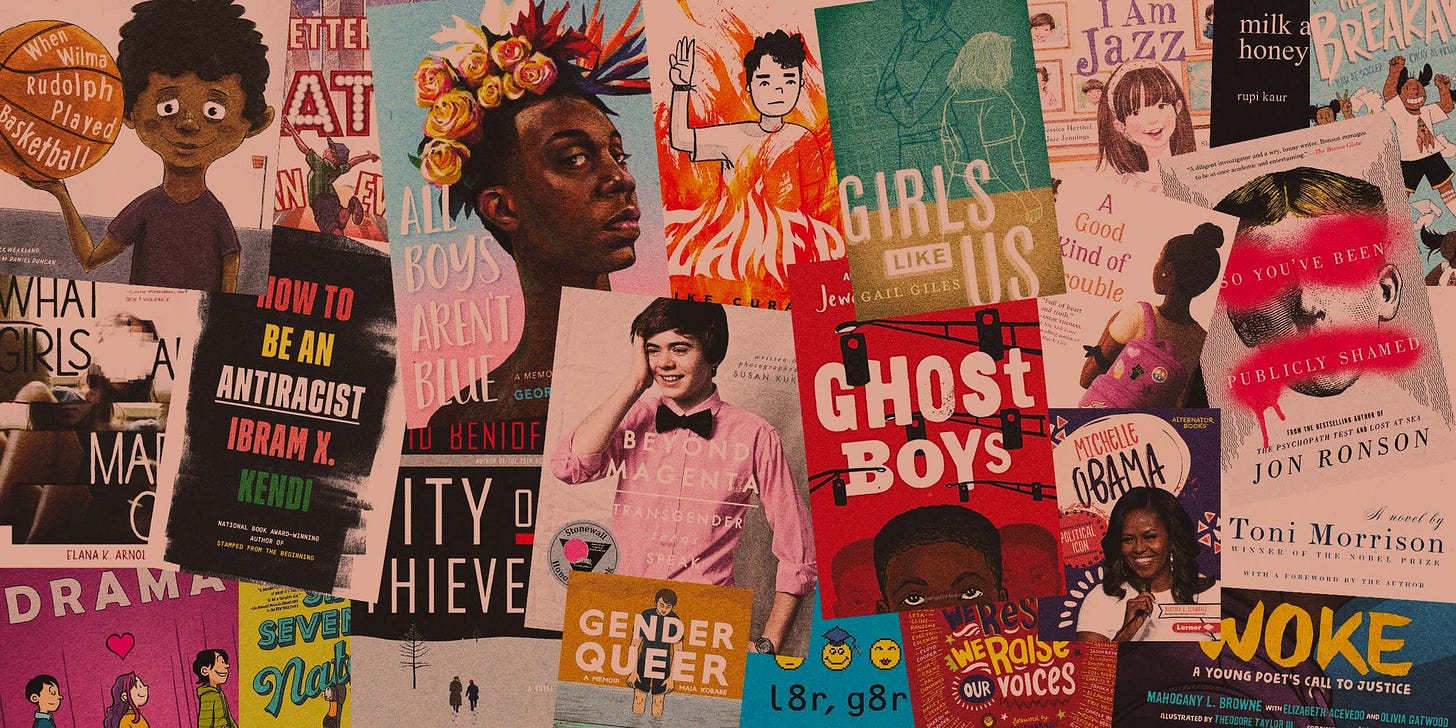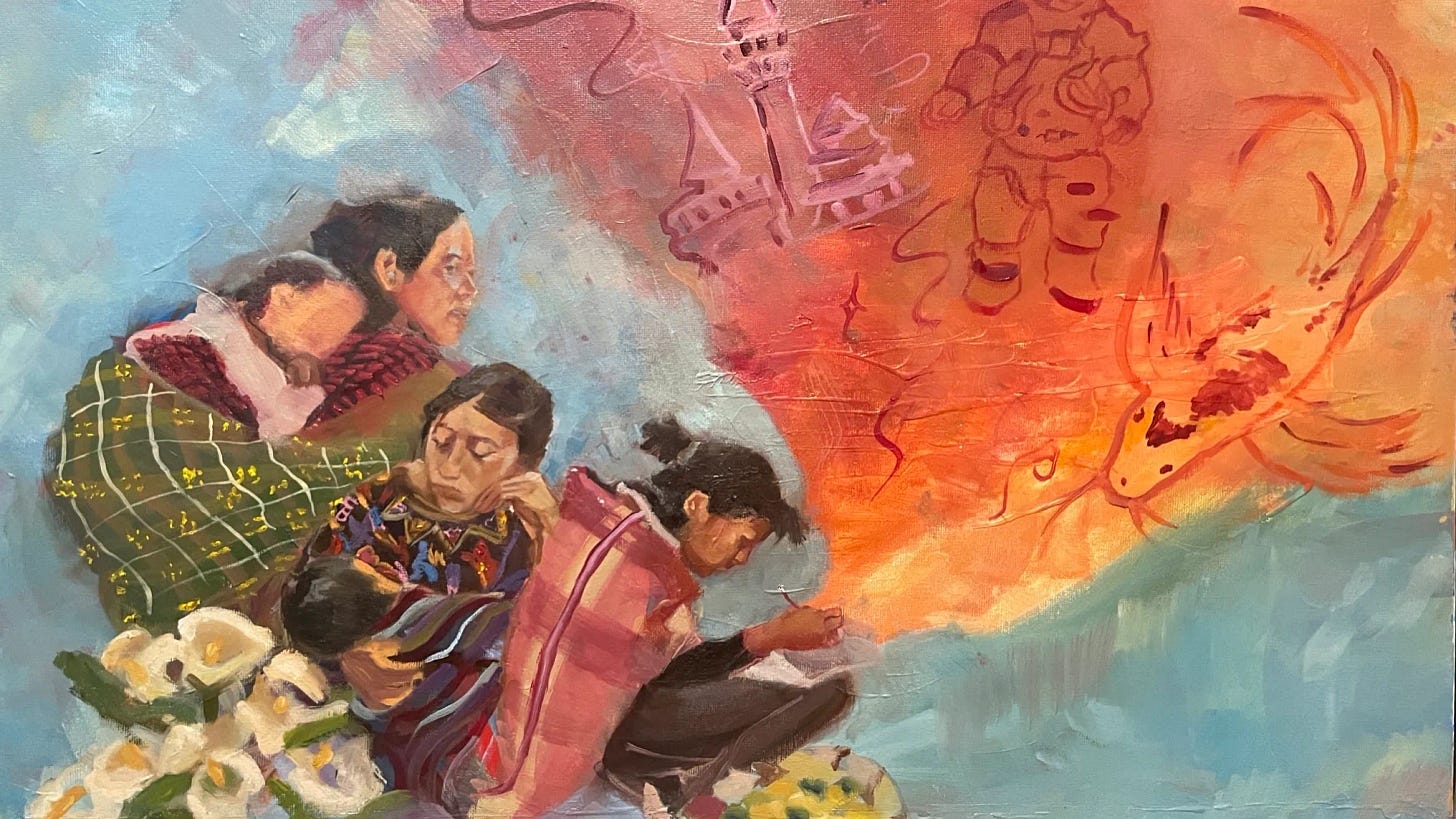Silencing Voices: The Disproportionate Impact of Book Bans on Marginalized Authors
In recent years, the United States has witnessed a significant surge in book bans and challenges, with a notable focus on works by authors from marginalized communities. This trend not only stifles diverse voices but also deprives readers of the opportunity to engage with a broad spectrum of experiences and perspectives.
Escalating Trends in Book Bans
According to PEN America, the 2023–2024 school year saw over 10,000 instances of book bans in public schools—a nearly 200% increase from the previous year. Alarmingly, a significant portion of these bans targeted books addressing themes of race, sexuality, and gender identity.
Disproportionate Targeting of Marginalized Authors
Studies indicate that 59% of banned books featured characters of color or addressed historical and social movements. Furthermore, while authors of color represent only 10% of published authors in the U.S., they wrote 39% of the banned titles. Women of color alone accounted for nearly a quarter of all banned authors, highlighting a stark overrepresentation. Nation of Change
Voices from the Margins
George M. Johnson, author of "All Boys Aren't Blue," which topped the list of most challenged books in 2024, expressed concerns about the underlying motivations of these bans. They emphasized that the objections often stem less from explicit content and more from discomfort with LGBTQ+ themes. Similarly, Maia Kobabe, whose graphic memoir "Gender Queer" has faced numerous challenges, noted that the pushback is frequently rooted in opposition to LGBTQ+ narratives rather than the explicitness of the content. Kobabe stated, "I don’t think that my book is being challenged because it’s obscene. I think it’s being challenged because it’s queer."
Impact on Authors and Publishers
The ripple effects of these bans extend beyond the authors to the publishing industry at large. Jodi Picoult, a bestselling author whose books have been subject to bans, highlighted the broader implications: "What [these books] do have, are issues like racism, abortion rights, gun control, gay rights, and other topics that encourage kids to think for themselves." Such censorship not only affects sales but also influences the types of books that publishers are willing to invest in, potentially leading to a chilling effect on diverse storytelling.
Community and Artistic Responses
In response to the rising tide of censorship, artists and communities are mobilizing to defend the freedom to read. Joselyn Chimbo, a 17-year-old artist, won the New York Public Library's National Teen Art Contest with a painting honoring her grandmother's struggle for literacy. Her artwork serves as a poignant reminder of the transformative power of education and the importance of resisting efforts to curtail access to diverse narratives. Teen Vogue
Conclusion
The current wave of book bans represents a significant threat to the representation and visibility of marginalized voices in literature. By disproportionately targeting works by authors of color and LGBTQ+ authors, these bans not only suppress individual stories but also undermine the broader cultural fabric that thrives on diversity and inclusion. It is imperative for readers, educators, and policy makers to recognize and challenge these censorship efforts to ensure that all voices have the opportunity to be heard and that literature remains a space for exploration, empathy, and understanding.







